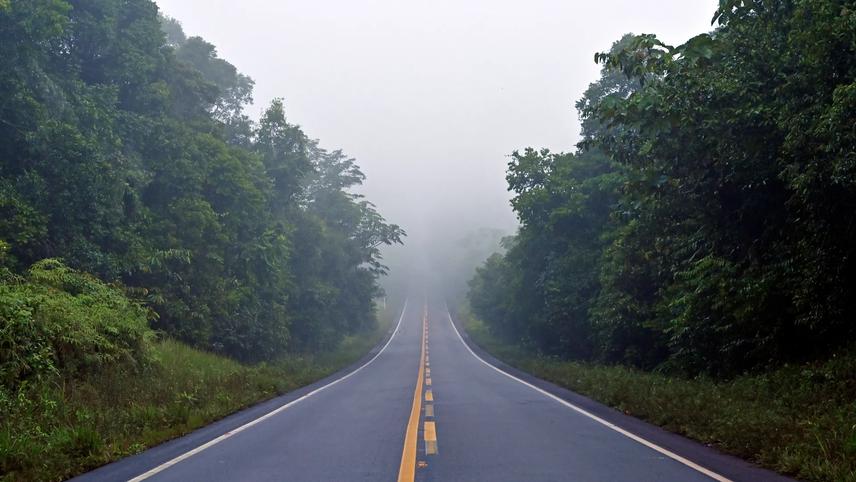Juliana Ávila Martins
This project investigates the role of the Waimiri-Atroari (WA) Indigenous community's nighttime traffic restriction on the BR-174 highway in promoting environmental justice and mitigating biodiversity loss in the Amazon Forest in Brazil. The BR-174 was built during the military dictatorship as part of a policy to colonise the country's northern region. The construction of the road led to one of the most severe genocides during this period, when almost 90% of the WA community was murdered.

The palm swamps (buritizais) alongside the BR-174 highway. The highway crosses the Waimiri-Atroari Indigenous Territory and passes through a well-preserved area rich in biodiversity. © Juliana Martins.
In 1984, after the dictatorship’s fall, the WA community began blocking access daily to the BR-174 within their territory between 6 p.m. and 6 a.m. This restriction primarily aims to ensure the community's safety and to protect wildlife. This blockage, however, has undocumented ecological impacts and generates significant social conflicts. Consequently, the community often faces threats and legal challenges to their right to close the road.
After working in the region and speaking with the Indigenous community, we collectively designed a project aimed at addressing their main concern and priority: gathering scientific information to disclose the impact of the nighttime traffic restriction on fauna conservation. From an ecological standpoint, few studies have been conducted on the impact of highways in the Amazon Forest, and the current context of increasing road expansion and deforestation in the region poses a significant threat to species survival.
This project aims to evaluate the effectiveness of the BR-174 nighttime traffic restriction in mitigating two important impacts highways have on species behaviour: avoiding habitats closer to the road (spatial avoidance) and shifting activity patterns to avoid disturbance (temporal avoidance). To accomplish this, we will install camera traps and passive audio recorders to assess species occupancy and activity at varying distances from the highway.
From a social perspective, we will conduct interviews with stakeholders to evaluate the motivations for the closure, the roots of the conflict, and the main drivers behind the success or failure of their governance. As a result, the project will provide valuable information for road policies in high-biodiversity areas, offering intervention strategies to address the conflict and governance guidelines that can be adapted to other protected territories across the Amazon.
Header image: Tapir (Tapirus terrestris) recorded by camera trap close to the BR-174 highway, in the Waimiri-Atroari Indigenous Territory in the Amazonas State, Brazil. © Smithsonian.